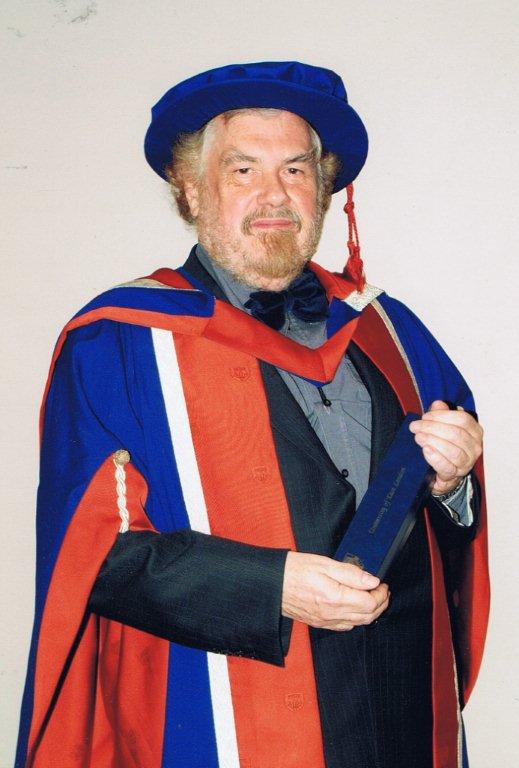By popular demand we have re-featured this exclusive interview with Peter Berresford Ellis, originally published on January 29, 2013.
Transceltic are delighted to interview Peter Berresford Ellis, the well renowed Celtic historian and author of the international bestselling Sister Fidelma historical mysteries under his pseudonym of Peter Tremayne. We put the following questions to Peter:

1. How do you see the future of the Celtic languages?
In spite of the achievements of the last decades, there is no room for complacency when examining the current situation and looking to the future. Coming from the 1960s perspective when Welshmen and women were going to jail in their campaign to gain status for Welsh; when the Cornish who proclaimed their Celticity were sneered at as fantasists dreaming of the second coming of King Arthur; when Scottish Gaelic speakers could not even register their children in the language … well – times have moved on. Since the 1960s there has been some legal recognition given to the Celtic languages and through this there is a more widespread knowledge of the languages and their historic, cultural and social value. But the fact remains, they are still endangered languages. Look at recent Census figures for Welsh as an example. There is no easy acceptable programme to ensure their salvation. It comes down to hard work – we must publicise, educate and encourage. There is a pithy saying in each of the six Celtic languages – no language, no nation!
2. What do you see as the future of the Pan Celtic movement?
Pan Celticism has its roots in the history of the Celtic peoples – links that can be identified even if, at the time, they were not articulated as a common identity. Remember how the Romans were aware of this? They asked the Celts of southern Gaul to contact the Celts of Galatia (modern central Turkey) to persuade them not to support Hannibal. But as a specific cultural movement linking the different Celtic peoples, this did not start until the 19th Century and (ironically) in the wake of the publication of a book by the Breton language poet Charles de Gaulle (1837-1880) the uncle of General de Gaulle.